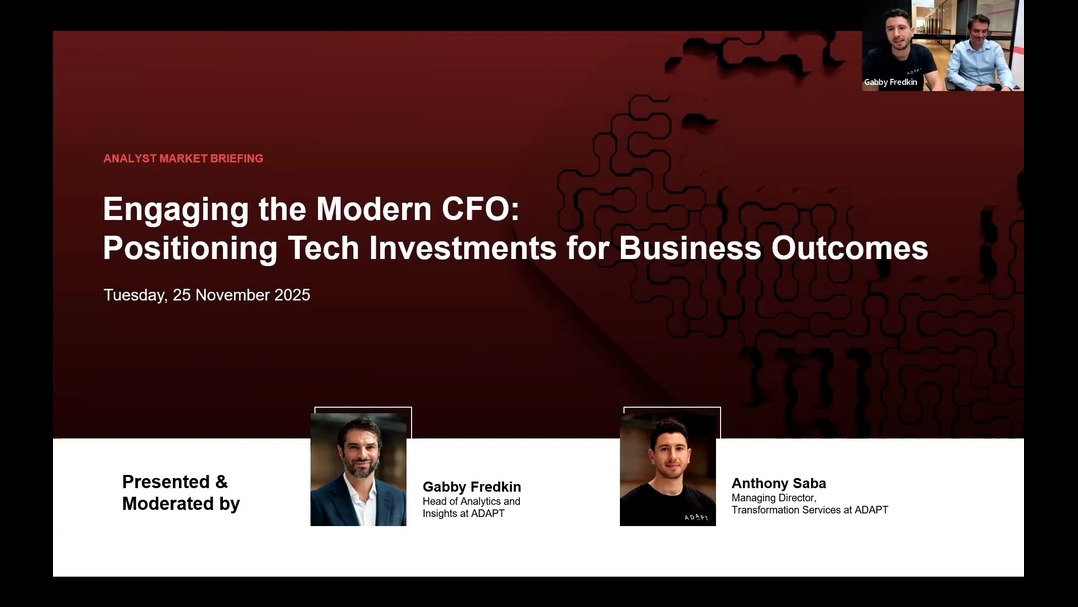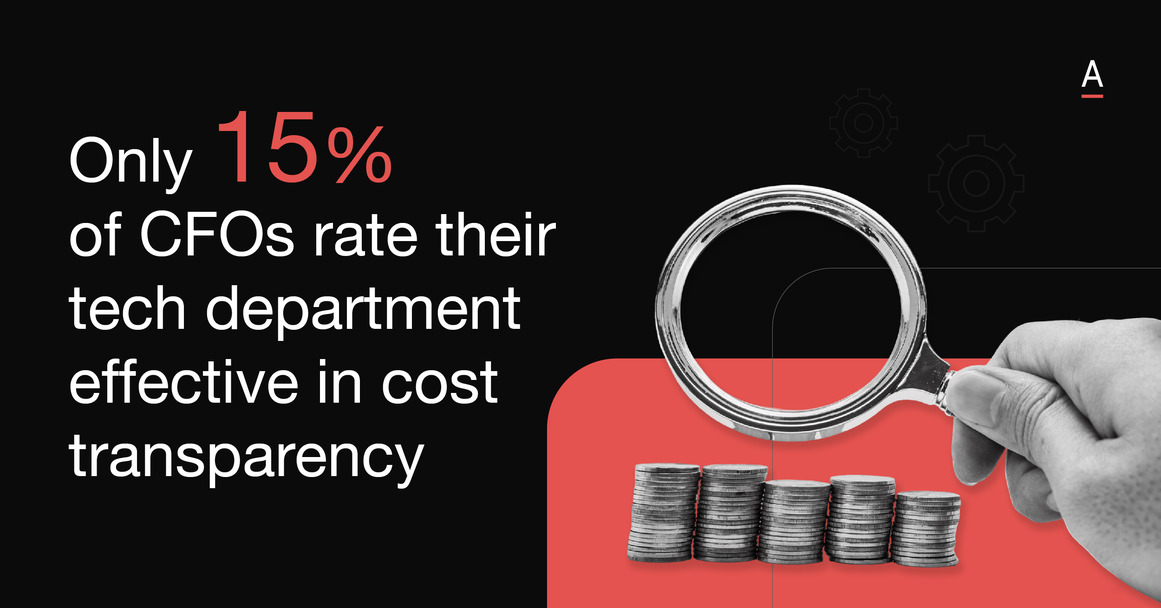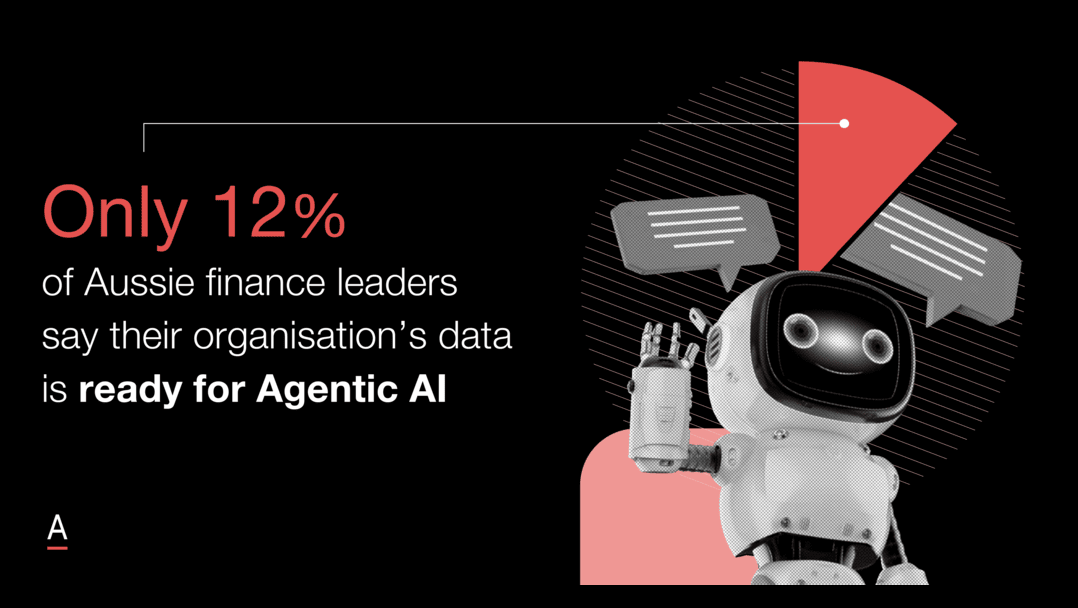How to drive GTM growth with clarity and customer insight in 2026
Australian revenue teams are facing tighter budgets, longer cycles, and rising expectations. ADAPT’s GTM Leaders Workshop explored how to stay relevant in the year ahead.
Australian revenue teams are operating in an environment defined by cautious spending, expanding buying groups, and shrinking executive availability.
Decision cycles continue to lengthen as organisations weigh investment risk against rising expectations for accountability.
AI-driven transformation is accelerating unevenly across industries while legacy constraints remain deeply embedded, creating uncertainty and competing priorities within leadership teams.
To explore these shifts, ADAPT hosted a GTM Leaders Workshop in Sydney, bringing together senior commercial leaders responsible for shaping growth strategy across enterprise and government markets for a focused discussion on customer sentiment and growth strategies for 2026.
The workshop featured a panel of senior business leaders including Angela Fox, Senior Vice President and Managing Director at Dell Technologies ANZ, Nick Flood, Managing Director at IBM ANZ, and Jonathan Staff, Chief Revenue Officer at ASE Tech and co host of the Things Reasons Show.
Together they examined the realities of selling into Australian enterprises, the capability uplift required inside GTM teams, and the pathways to relevance in a crowded and competitive market.
Market constraints that shape GTM execution in 2026
Executives across IT, finance, risk, HR, and operations continue to report extremely limited time for vendor engagement.
ADAPT data shows only 11 hours per month available for vendor meetings, with one hour allocated to challenger brands.
Buying groups now include eight to nine named decision makers and up to 31 influencers, and long decision cycles have reached an average of 416 days.
This complexity amplifies the pressure on revenue teams to arrive with relevant insight and demonstrate value quickly, because buyers filter information aggressively and reward accuracy over volume.
Leaders also acknowledged a widening split in customer behaviour.
Some organisations are delaying large transformation programs while they evaluate the future of AI enabled automation.
Others are driven to act because accumulated technical debt is triggering operational risk, creating urgency at both executive and board level.
Vendors are meeting customers who are motivated for different reasons, meaning preparation and contextual awareness are essential before pursuing commercial outcomes.
AI-driven expectations and the capability gap inside sales organisations
AI has introduced both excitement and hesitation across the Australian market.
Many enterprises lack strong data foundations, consistent governance, integration maturity, and the internal confidence required to scale AI.
This uncertainty shapes the questions buyers ask and increases the expectation that sellers can explain AI impact in a business context rather than a technical one.
Revenue leaders described the need to lift the capability of their sales organisations.
This includes deeper understanding of AI use cases, data quality issues, cost drivers, compliance considerations, and integration pathways so sellers can participate meaningfully in early stage conversations.
Stronger collaboration between technical and commercial roles is becoming standard, and teams that invest in structured enablement are finding it easier to guide customers through complex internal approval processes.
Clarity, preparation, and value articulation as the route to relevance
Customer fatigue with generic outreach continues to rise, making clarity a differentiator. Executives respond when sellers demonstrate preparation, bring insight tailored to the organisation, and connect technology outcomes to strategic goals.
Leaders reinforced the importance of arriving with a well formed point of view, supported by Australian context and specific references to industry conditions, rather than leaning on product narratives.
Personal credibility is becoming an essential factor in competitive environments.
Buyers place greater trust in individuals who communicate simply, explain commercial impact, and help them navigate internal friction.
GTM teams that uphold these habits are finding it easier to progress conversations and sustain momentum across long cycles.
Partnership, accountability, and sustained value throughout the relationship
Organisations plan to consolidate their vendor portfolios, and the providers that remain will be those who demonstrate partnership through consistent engagement and transparent value communication.
Leaders highlighted the importance of documented governance, regular reviews, visible proof of delivered value, and clear expectations shared across both sides of the relationship.
This creates stability and reinforces confidence during budget pressure or internal change.
Strategic partnership is supported when vendors help customers build business cases, articulate outcomes, and communicate progress across diverse stakeholder groups.
These practices strengthen relationships and position vendors as advisors who support both operational and commercial decision making.
Recommended actions for GTM leaders
As buying groups expand and expectations rise, GTM leaders benefit from a clear framework for execution in 2026. The following actions reflect the insights highlighted across the workshop.
- Anchor planning in customer realities by ensuring every engagement is informed by accurate insight, sector context, and a clear understanding of organisational goals.
- Strengthen capability uplift across sales teams so that sellers can communicate confidently about AI, data foundations, governance, and integration challenges.
- Treat multithreading as a standard practice by engaging finance, risk, HR, operations, and technology stakeholders early and consistently throughout the cycle.
- Reinforce value communication by documenting outcomes, sharing progress clearly, and supporting champions as they advocate for investment inside their organisation.
- Maintain structured governance within key accounts with agreed roles, regular forums, and open communication that creates stability across long decision cycles.
- Build personal credibility inside the sales organisation by encouraging preparation, relevance, and clear messaging that reflects both customer context and commercial priorities.
The workshop showed that 2026 will reward revenue teams who lead with clarity, discipline, and contextual understanding.
Growth will come from organisations that align their engagement to the realities faced by Australian executives and support customers through complex internal decisions.
As buying groups widen and expectations sharpen, the most effective GTM leaders will be those who communicate value with precision, help customers navigate uncertainty, and stay connected throughout the entire journey from evaluation to execution.




